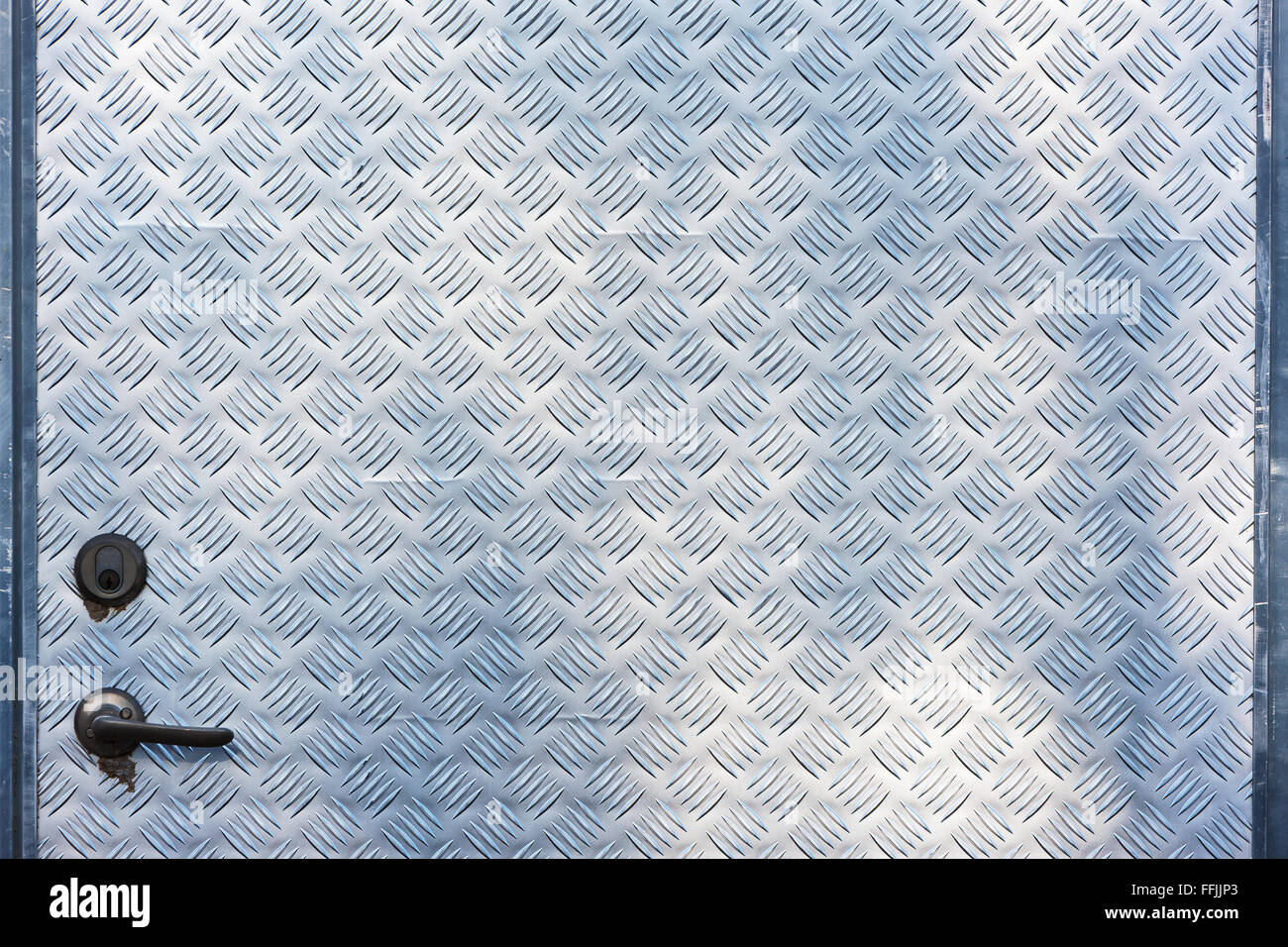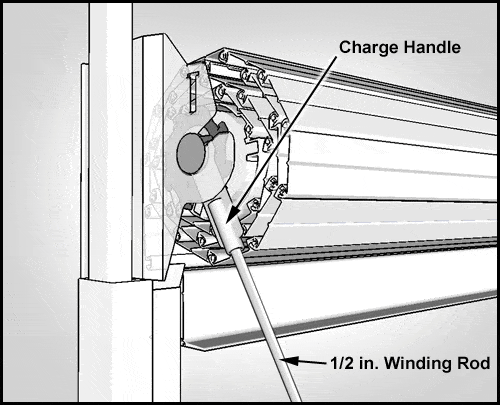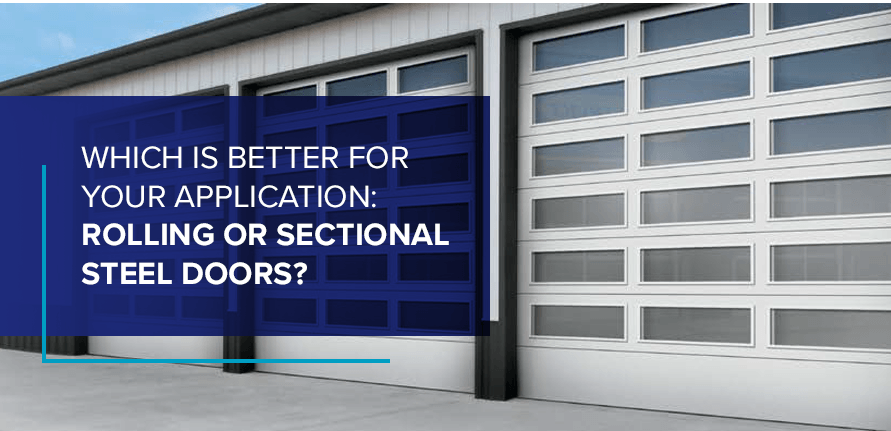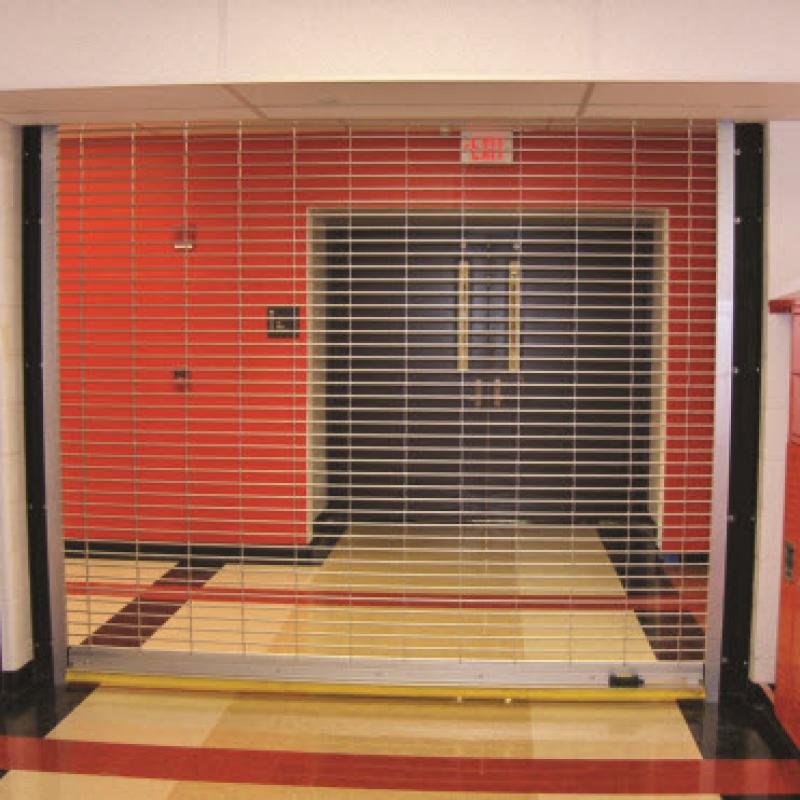Industrial facilities need robust protection that adapts to their workflow. Rolling grille doors answer this call with unmatched durability and flexibility. These systems secure warehouses, factories, and distribution centers while optimizing space and energy efficiency. But what makes them a staple in demanding environments? Let’s learn about their features, cost factors, and how they outperform traditional doors.
Key Features of Industrial Rolling Grille Doors
Material Durability and Design
Most industrial grilles use galvanized steel rods wrapped in aluminum tubes, blending steel’s strength with aluminum’s rust resistance. For harsher conditions, brands like Cornell Iron Works offer stainless steel variants that withstand coastal humidity or chemical exposure. These materials ensure longevity, with some doors rated for 30+ years in high-traffic settings.

Advanced Security Mechanisms
Unlike traditional doors, rolling grilles use interlocking slats spaced as narrowly as 0.25 inches to block pry tools and unauthorized access. Retailers and hospitals often add high-impact bottom bars (tested to withstand 18-gauge impacts) to deter forklift damage. A Midwest pharmaceutical distributor, for example, reduced break-in attempts by 40% after installing Cookson Door’s micro-coil grilles.

Space-Efficient Operation
Rolling grilles coil into a compact overhead drum, freeing up to 20% more floor space compared to swinging doors. This lets warehouses stack pallets closer to loading bays, which is critical for facilities like Amazon fulfillment centers, where every square foot counts.

Why Choose Rolling Grille Over Traditional Industrial Doors?
Enhanced Protection Against Intrusions
Sectional doors rely on single locks vulnerable to crowbars. Rolling grilles distribute force across their entire surface, with steel slats that resist sledgehammer blows. Data centers like Google’s Nevada facility use them to safeguard server rooms.

Energy Efficiency and Cost Savings
Insulated models with R-values up to 12 reduce HVAC costs by 15–20% in cold storage warehouses. In contrast, uninsulated steel doors leak air, spiking energy bills.
Reduced Maintenance Demands
With no hinges or tracks to jam, rolling grilles require 50% fewer repairs than traditional options. Brands like Amarr design doors for 100+ daily cycles, needing only quarterly lubrication of guide rails.
Factors Influencing Rolling Grille Door Prices
Material Costs and Long-Term Value
- Galvanized steel: $25–$40/sq. ft. (balance of affordability and strength)
- Stainless steel: $50–$70/sq. ft. (ideal for corrosive environments)
- Aluminum: $20–$30/sq. ft. (lightweight for low-traffic areas)
Customization and Additional Features
Adding powder-coated finishes or photoelectric sensors increases costs by 10–15%. High-cycle models, like Wayne-Dalton’s springless design, cost 20% more upfront but last twice as long in heavy-use settings.
Size and Installation Complexity
A standard 10'x10' steel grille costs $3,000 installed. For a 40'x20' motorized door with reinforced framing, prices exceed $15,000.

Safety Standards and Regulatory Compliance
UL 325 and DASMA 403 Explained
UL 325 ensures motorized doors auto-reverse if obstructions are detected. This is critical for preventing worker injuries. DASMA 403 mandates minimum speeds of 32”/sec opening and 24”/sec closing to maintain airflow control in refrigerated warehouses.
Fire Ratings and Emergency Egress
Fire-rated grilles meet NFPA 80 standards with 90-minute burn resistance, while breakaway bottom bars allow quick exits during emergencies.
Custom Solutions for Industry-Specific Needs
High-Security Configurations
Alpine Overhead Doors’ Industrial-Grille™ line integrates biometric scanners for facilities like nuclear storage sites. Grilles can also layer with steel curtains for multi-stage security checkpoints.
Insulated and Weather-Resistant Models
Food processors use triple-layer polyurethane insulation to maintain USDA compliance, blocking humidity and pests. Coastal warehouses opt for MarineGrade™ coatings to combat salt corrosion.
Compact Designs for Limited Spaces
Micro-coil systems from Cornell Iron Works fit ceilings as low as 12 inches, ideal for underground parking garages.
Maintenance Best Practices for Longevity
- Monthly: Clear debris from tracks; lubricate rollers with silicone spray.
- Quarterly: Test tension springs and safety sensors. Neglecting this can slash door lifespan by 30%.
- Annually: Conduct stress tests, especially for high-speed doors handling 1,500+ cycles daily.
Professional Installation Requirements
Rolling grilles demand precise 20 ft-lbs torque calibration on bracket bolts to prevent misalignment. Unlike sectional doors, they require overhead steel beams to support up to 2,000 lbs of coiled weight. Most manufacturers void warranties without certified installation due to spring tension risks.
Conclusion
Rolling grille doors provide a 3-5 year ROI through energy savings, reduced theft, and minimal downtime. From stainless steel models for chemical plants to fire-rated systems for airports, businesses can tailor solutions to exact needs. When you pair robust materials with proactive maintenance, these doors can secure facilities for decades, which only proves that smarter protection drives long-term efficiency.
